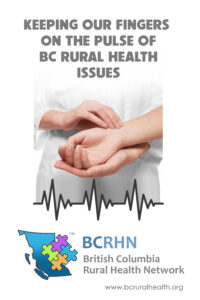A University of Victoria scientist involved in the overhaul of Canada’s decade-old drinking guidelines envisions a future where alcohol bottles have printed labels and QR codes that inform consumers of the health risks of drinking.
Dr. Tim Naimi is one of three scientists at UVic’s Canadian Institute for Substance Use Research on an expert committee that formulated proposed new guidelines warning of the risks associated with as few as three drinks per week. He wants the guidelines to be backed up by mandatory labelling and strong public policy.
“Why is it I can easily find the amount of calcium in a can of peas, but then I buy a container of alcohol, which is a calorie-dense, potentially addictive, intoxicating carcinogen, and I have none of that information conveyed to me on the label,” said Naimi. “And when I open that can of peas, I know the serving size but not when I open a bottle of whisky.
“It’s outrageous.”
In its suggested update to Canada’s Low-Risk Alcohol Drinking Guidelines released this week, the Canadian Centre on Substance Use and Addiction says risk is negligible-to-low for two drinks per week, moderate for three to six drinks per week and increasingly high beyond that.
The current guidelines, released in 2011, suggest limiting alcohol use to 10 drinks a week for women and 15 drinks a week for men.
The message is “drinking less is better for you,” said Naimi. “I think the new guidelines reflect a lot of new science that shows the risk is higher than has been previously appreciated.”





